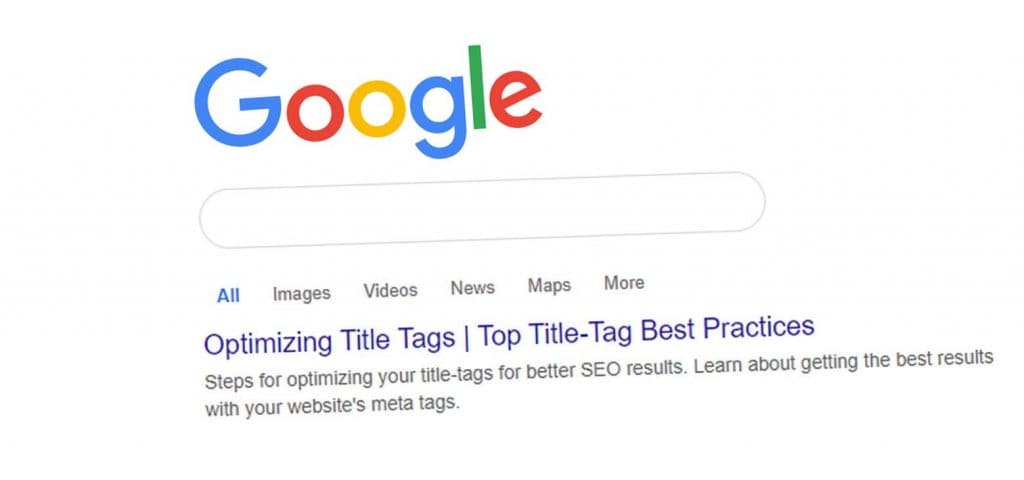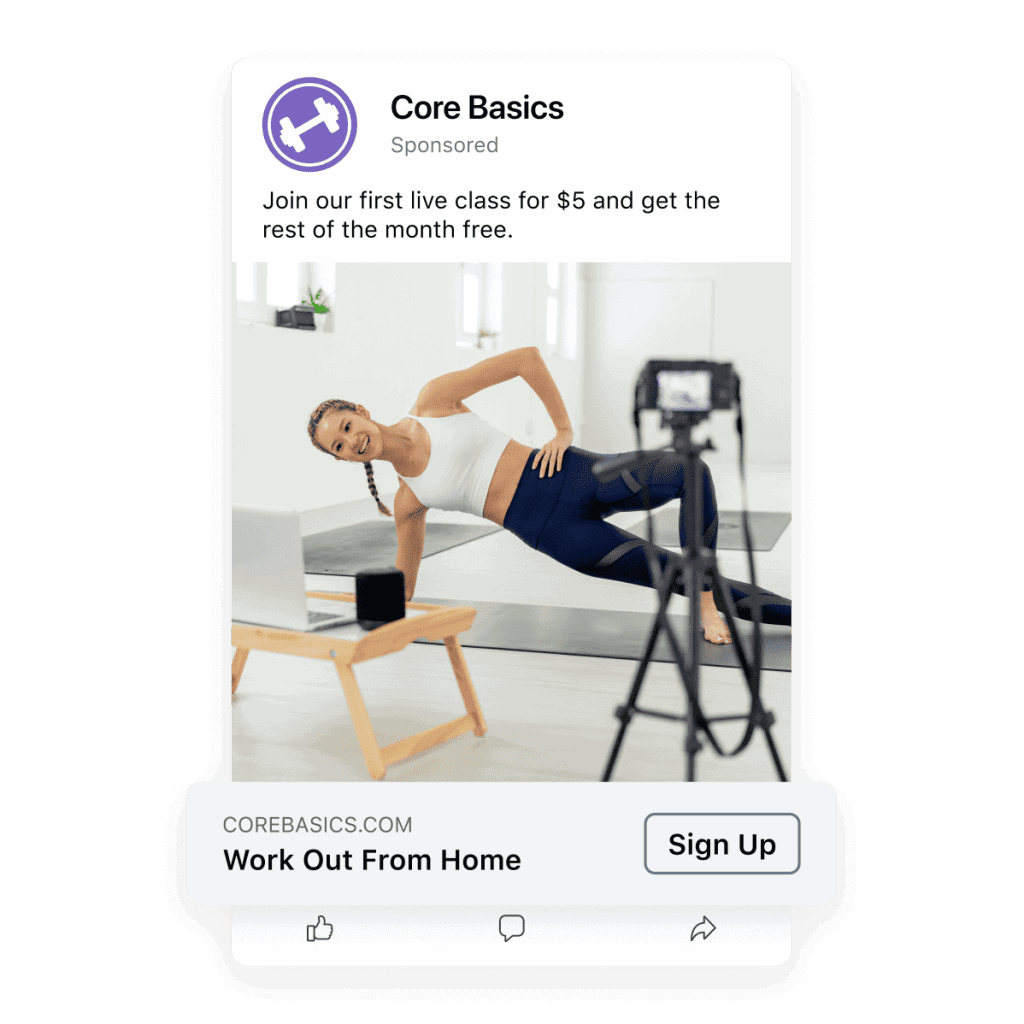Ultimate Guide to Digital Marketing and Advertising
Digital marketing is any form of marketing products or services involving electronic devices. Digital marketing has revolutionised traditional marketing and advertising approaches in the last decade.
With over 5 billion internet users worldwide, digital channels provide marketers an unparalleled opportunity to reach, engage, and convert potential customers. The ubiquity of smartphones and mobile devices also enables location-based targeting and personalised messaging.
Table of Contents
The Rapid Growth of Digital Marketing

The digital marketing industry has seen tremendous growth in recent years. Here are some key statistics:
- Global spending on digital advertising increased from $295 billion in 2018 to $378 billion in 2021 (Statista)
- Mobile advertising spending accounted for 62.5% of total digital ad spending in 2021, up from 50.1% in 2018 (Statista)
- 72% of people expect companies to have a website, and 70% hope companies to have a social media presence (HubSpot)
Several key factors drive this rapid growth:
The Rise of Social Media and Content Marketing
Platforms like Facebook, Instagram, and YouTube have billions of active users. This allows marketers to reach targeted audiences and run social media ad campaigns unprecedentedly well. Meanwhile, platforms like blogs enable brands to attract customers through valuable, relevant content.
The Shift Towards Mobile and App Usage
Mobile devices account for over half of global internet traffic. Smartphone apps like messaging, maps, and payments are heavily used daily. Consequently, brands are prioritising mobile optimisation and in-app advertising.
Increasing Digital Connectivity and Internet Access
Internet access continues to improve globally through fixed broadband and mobile data. Emerging markets show strong double-digit internet adoption growth annually. These online populations represent growing addressable markets for brands.
| Year | Digital Users | % Global Population |
| 2014 | 2.82B | 39% |
| 2018 | 3.96B | 51% |
| 2022 | 5.29B | 67% |
The Growing E-Commerce Industry
Brands acquire customers across e-commerce channels like online retailers, direct-to-consumer websites, and digital marketplaces. Consequently, digital marketing channels and metrics are vital for generating site traffic, leads, and sales.
Key Channels and Tactics

Many digital marketing channels and tactics are available to help brands achieve their objectives. The most essential ones include:
Search Engine Optimisation (SEO)
SEO focuses on unpaid/organic tactics to boost visibility on search engines like Google. Key techniques include:
- On-page optimisation of website content
- Backlink building to signal quality to search algorithms
- Technical website enhancements to improve crawling and indexing
With trillions of Google searches annually, ranking high organically allows brands to generate qualified site traffic without paying per click.
Search Engine Marketing (SEM) / PPC
SEM refers to paid advertising on search engines, called Pay-Per-Click (PPC). Advertisers bid on relevant keywords and then create compelling ads that target users' search intent. Leading platforms include Google Ads and Microsoft Advertising.
Benefits include precise targeting, direct response tracking, and displaying ads to users actively searching for offerings. Demand generation and e-commerce marketers often prioritise SEM in their digital mix.
Social Media Marketing
Nearly 5 billion people use social media worldwide. Platforms like Facebook, Instagram, Twitter, and LinkedIn enable several advertising tactics:
Organic content to build branded profiles, showcase products, provide value to fans and followers, and encourage shares and engagement
Paid social ad campaigns to reach more accurately targeted audiences beyond followers
Influencer marketing partnerships with individuals who have strong credibility in their niche
Whether organic or paid, quality social media marketing helps brands build awareness, shape perceptions, drive website traffic, and reach conversion goals.
Display Advertising
From image and video ads to embedded banners and pop-ups, display advertising reaches users passively browsing the web through:
- Websites – ads are shown against site content to target specific reader demographics
- Apps – ads served within mobile apps to contextualise relevant user activity
- Audience networks – ad exchanges that aggregate inventory and data for improved targeting
Display ads influence brand awareness and views of potential customers. Retargeting placed cookies also aim to drive desired actions from site visitors.
Email Marketing
Email acquisition remains a critical digital marketing priority. Collected contact details allow brands to directly market to opted-in audiences via:
- Drip email campaigns that nurture subscribers by sending valuable content over time to convert leads
- Promotional newsletter emails to encourage purchases or re-engagement
- Personalised product recommendations to spark interest
- Customer reactivation emails to win back lapsed contacts
- Confirmation and welcome emails to onboard and delight new contacts
Tailored, segmented email initiatives facilitate meaningful engagement between brands and subscribers.
Affiliate Marketing
Affiliates are independent marketers who earn commissions by referring conversions to merchant sites. Popular affiliate networks include Rakuten Marketing, CJ Affiliate, ShareASale, and Impact.
Working with affiliates allows brands to tap into established partner audiences and external traffic sources. Affiliate partnerships also have performance-based cost structures, paying just when conversions occur.
Digital Marketing Objectives and KPIs
Brands run digital marketing campaigns to drive different goals and objectives. The key performance indicators (KPIs) used to measure success include:
| Objective | Common KPIs |
| Brand awareness | Impressions, reach, video views |
| Site traffic | Sessions, page views, bounce rate |
| Lead generation | Form submissions, demo requests |
| Conversion optimisation | Clickthrough rate, add-to-cart rate, conversion rate |
| Customer engagement | Subscribers, social followers, engagement rate |
| Retention | Repeat purchase rate, churn rate |
| Loyalty & Advocacy | Referrals, reviews, social mentions |
Performance relative to KPI benchmarks informs digital strategy, guiding adequate budget and resource allocation.
Digital Marketing Channels Work Together
While discussed separately, digital channels often work cohesively to influence customers across all buyer journey stages.
For example, an integrated digital campaign could include:
- SEM ads target those searching for pertinent keywords
- retargeting display ads remarket to initial site visitors
- email campaigns nurture subscribers via personalised content
- social ads maintain awareness and interest in purchases
Orchestrating initiatives across channels facilitates seamless user experiences. This strategy also allows testing the effectiveness of specific platforms and placements.
Digital Advertising Formats and Options

Digital advertising leverages a wide variety of creative formats and options:
Search Engine Marketing (SEM)
Search ads shown against user queries have evolved from simple text to include:
- Shortened headlines and descriptions highlighting value propositions
- Dynamic ad customisers to tailor messaging
- Sitelink extensions to showcase pages
- Review mark-up stars demonstrating quality
- Structured snippet extensions to feature relevant business info
Social Media Advertising
Social media ads come in several forms optimal for differentiated objectives:
- Photo ads – Great for lifestyle branding
- Video ads – Engage audiences and storytellers
- Carousel ads – Display multiple products
- Collection ads – Promote product groups
- Lead generation ads – Convert visitors into contacts
All ads are micro-targeted based on historical and real-time data like demographics, interests, behaviours, etc.
Native Advertising
Native ads closely match the surrounding content's visual design, format, and function. This carries readers’ attention for higher visibility and engagement.
Common native formats:
- Promoted search
- Recommendation widgets
- In-feed article recommendations
- Sponsored content posts
- Product listings integrated into content
State-of-the-Art Advertising Technology
Digital advertising leverages various current technologies to target prospects and gauge campaign effectiveness.
Personalisation Powered by Machine Learning
Sophisticated algorithms collectively analyse audience data like demographics and behavioural signals. User responses further train machine learning models. This powers real-time optimisation and personalisation of ad experiences.
Expanded Performance Tracking
Detailed metrics reveal the customer journey across devices and channels over time. Expanding tracking capabilities include:
- Viewability metrics confirming if ads appeared in the view
- Fractional attribution assigning value across touchpoints
- Foot traffic and offline sales measurement
Automation Streamlines Media Buying
Programmatic advertising automates media buying and selling via real-time auctions. Benefits like advanced targeting options, reduced costs, and accelerated performance support its widespread adoption.
Further self-serve dashboards and campaign management platforms enable marketers to efficiently deploy and optimise digital initiatives.
The Importance of Testing and Optimisation

The wealth of data from digital campaigns facilitates testing for improved effectiveness. Marketers frequently A/B test elements like:
- Ad variations with different copies, offers, or designs
- Landing page layouts and calls-to-action
- Email content and scheduling
- Device targeting for higher converting platforms
Statistical performance of test cells identifies optimal configurations for enhanced results—continued testing fuels further optimisation and innovation.
Privacy Changes Disrupting Digital Marketing
Protecting consumer privacy remains a priority as digital marketing advances. Players like Google plan to phase out browser cookies. Meanwhile, Apple’s Intelligent Tracking Prevention (ITP) feature already blocks much device fingerprinting.
These changes limit the ability of brands to track users across sites and channels. Marketers must re-evaluate targeting strategies and optimise first-party data usage to sustain relevancy.
Many also expect digital advertising expenditures to shift towards more transparent platforms like search and social media.
The Future of Digital Marketing and Advertising
Digital innovation shows no signs of slowing. Marketers should stay atop emerging technologies to deploy cutting-edge campaigns.
Several developments to watch include:
Video Marketing – Live streaming, AR effects, and short-form content will immerse and engage consumers
Conversational AI – Chatbots and voice search refine interactions with digital assistants
Connected TV – Streaming and gaming services enable advanced targeting of cord-cutter audiences
Virtual and Augmented Reality – Immersive branded experiences spark emotional connections
Personalisation – Machine learning and deterministic identification like email improve 1:1 consumer relevance
Performance Analytics – Multi-touch attribution and foot traffic insights highlight marketing effectiveness
The incorporated technologies and strategies will likely vary significantly by industry. However, the acute focus on digital transformation and customer-centricity will push all marketers to adapt offerings, interactions and measurements.
Those who leverage data to identify qualified audiences best and then clearly demonstrate relevance will sustain sector leadership.
Conclusion
Digital channels have opened marketing opportunities that traditional media simply cannot rival. Online media allows for reaching larger, qualified audiences with more precise targeting and attribution.
Leveraging emerging technologies and maximising addressable reach across devices and platforms drives success today. Maintaining vital first-party data assets through thoughtful customer experiences is also essential for longer-term brand building.
With strategic implementation, digital marketing and advertising empower brands to accelerate business growth and outmanoeuvre the competition.
Frequently Asked Questions
What are the most important digital marketing channels?
The most ubiquitous digital channels include search engine optimisation (SEO), search engine marketing (SEM), social media marketing, email marketing, and display advertising. Marketers may also leverage affiliate partnerships and innovative formats like native advertising.
How do you track digital marketing effectiveness?
Marketers analyse site analytics plus ad platform data to quantify engagement, conversions, and ROI across digital activities. Testing campaign components also informs optimisation. Expanding options to connect online and offline data reveals a more extensive picture of customer journeys.
What should you know before running digital ads?
It's vital for brands to intimately understand their audiences, competitors, and objectives to effectuate strong campaign strategies. Robust targeting and budget planning support success. However, constant performance monitoring and adaptation maximise outcomes over longer flights.
How can I improve my digital marketing skills?
Certifications, online courses, and how-to articles help marketers strengthen execution expertise. However, actively managing campaigns while tapping into analytics and testing informs strategic optimisations. Over time, these lessons compound knowledge.
What emerging technologies will disrupt digital marketing?
Marketers should prepare for innovations like virtual reality, voice search, connected TV, personalisation powered by machine learning, conversational commerce, and expanded performance analytics. Early adopters can positively influence brand perceptions, while laggards may miss qualified audiences.
